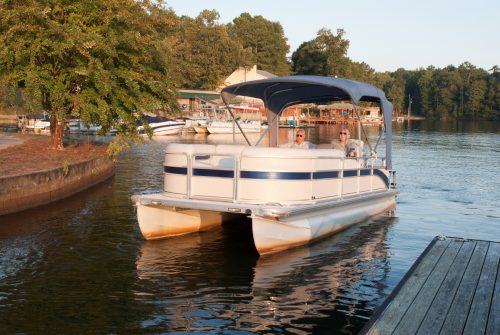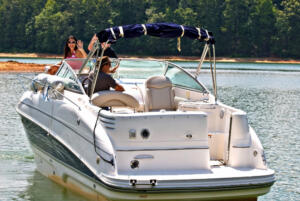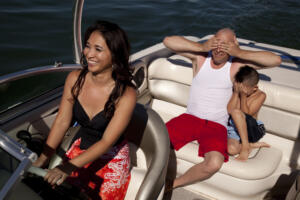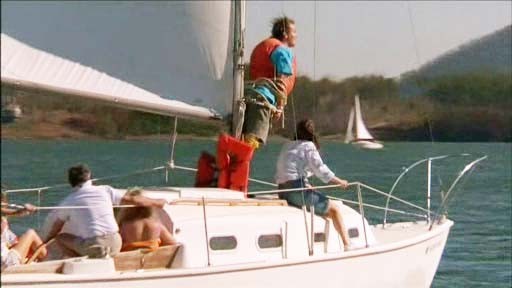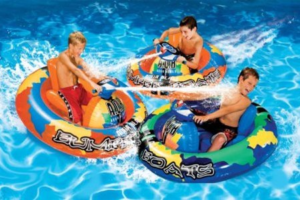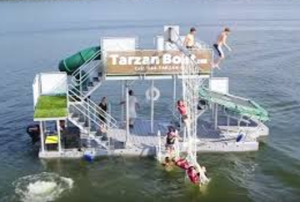Estimated reading time: 7 minutes
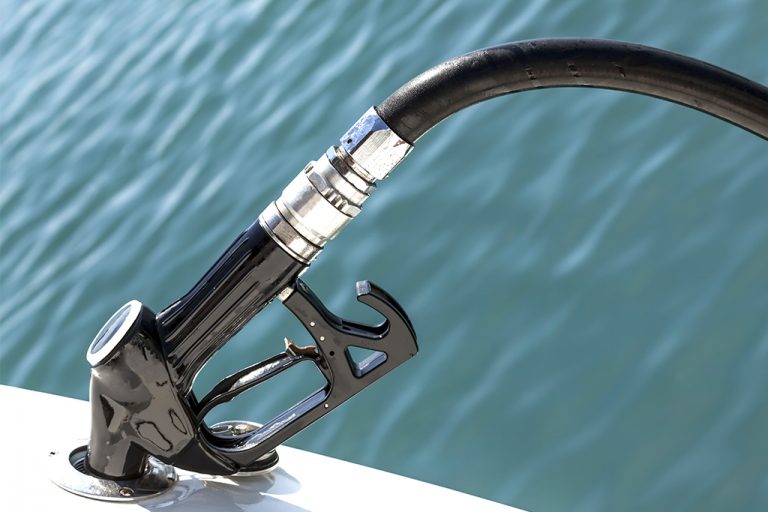
- There are several gas-saving tips you can use to improve your fuel economy:
Most boaters enjoy fishing, water sports, and taking care of their vessel, but there’s one thing they all dislike: spending more money than they have to. From determining your optimum boat speed to replacing old tech, there are several ways to improve your fuel economy. Set sail with us as we explore these gas-saving tips for boaters!
Optimum Boat Speed
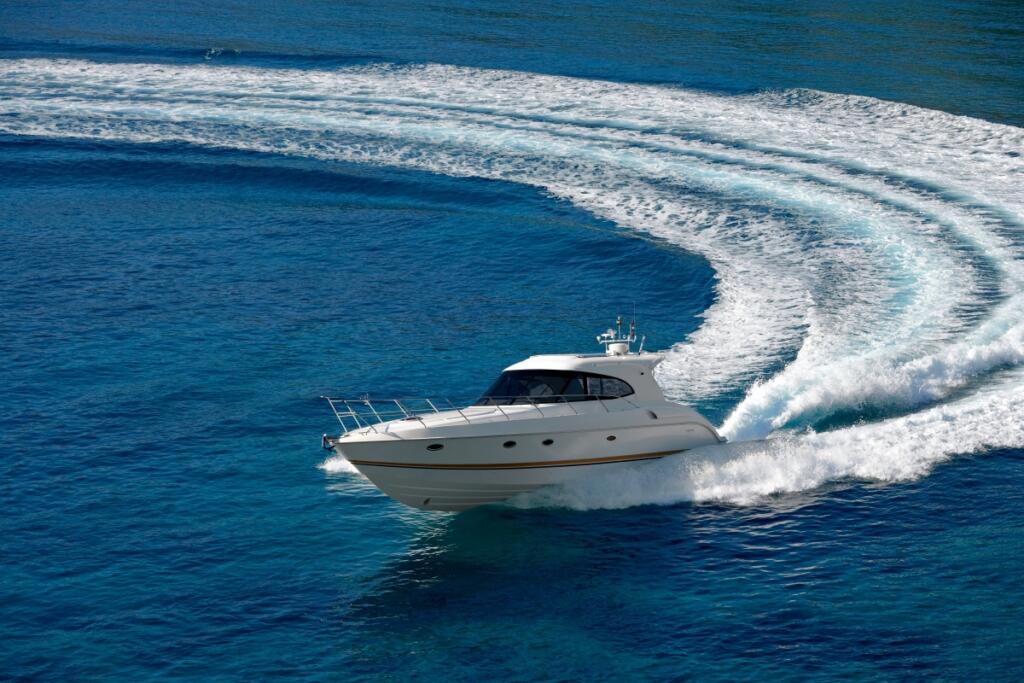
If you want to save gas while boating, it’s crucial to find the optimum speed for your trip. To do this, you should start at a slow speed and gradually increase it until you reach the planned speed while monitoring your boat’s speed, rpm, and fuel consumption. By calculating your boat’s fuel efficiency at each speed level, you can identify the speed that provides the highest fuel efficiency while still meeting your trip’s purpose. It’s essential to remain flexible and adjust your speed as needed depending on the current conditions, such as wind, current, and waves. Finding the optimum speed can maximize your boat’s performance, save on fuel costs, and reduce your environmental impact.
New Gear
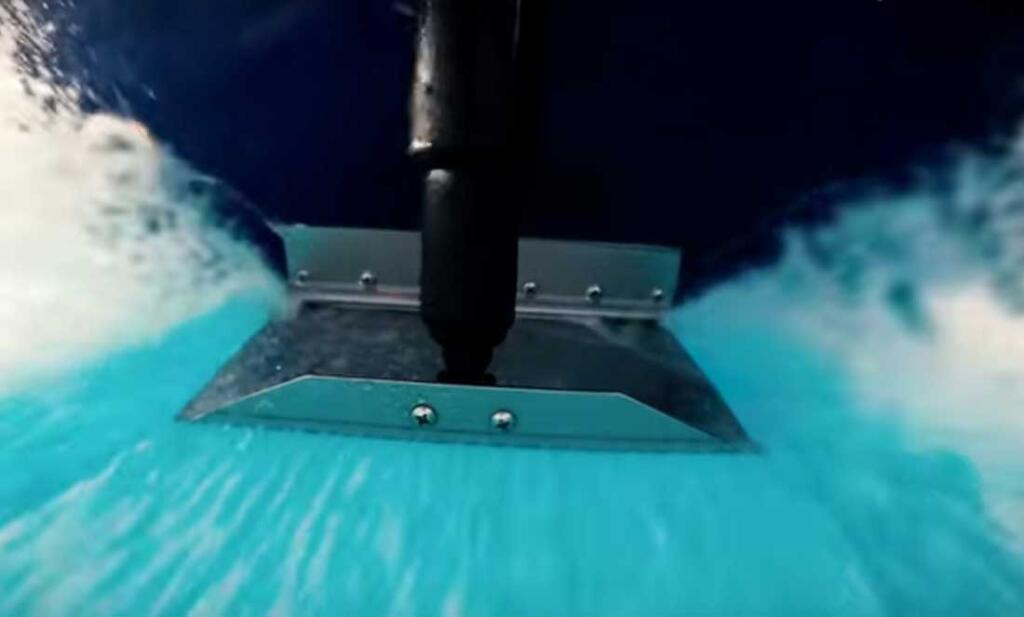
In addition to making changes in behavior, many tools and gear exist that help with gas-saving.
Trim Tabs
While the buoyancy factor of boats keeps them afloat, it does not prevent them from turning over. Choppy waters can prove dangerous, if not deadly, to boaters — but trim tabs alleviate that stress. When a vessel creates a bow wave, it stresses the engine as the boat fights gravity in its upward tilt. When the skipper, the person driving the ship, operates trim tabs, the trim tabs move up or down to counteract the bow wave. Thus, trim tabs improve ships’ fuel economy and engine longevity.
Fuel Flow Meter
Whereas a fuel gauge shows how much gas sits in the tank, a fuel flow meter tracks fuel consumption and the transfer of fluid. Fuel consumption depends on various factors, such as the environment and wave activity. When sailing in choppy waters, the engine consumes more fuel to compensate for the stress. While this seems like a given, this morsel of data, represented by gallons per hour, proves a gas-saving benefit for boaters on future excursions. However, the ability of a fuel flow meter to report data accurately relies on regular maintenance. For example, an old, clogged fuel filter may result in inaccurate data.
Cabin Refresh
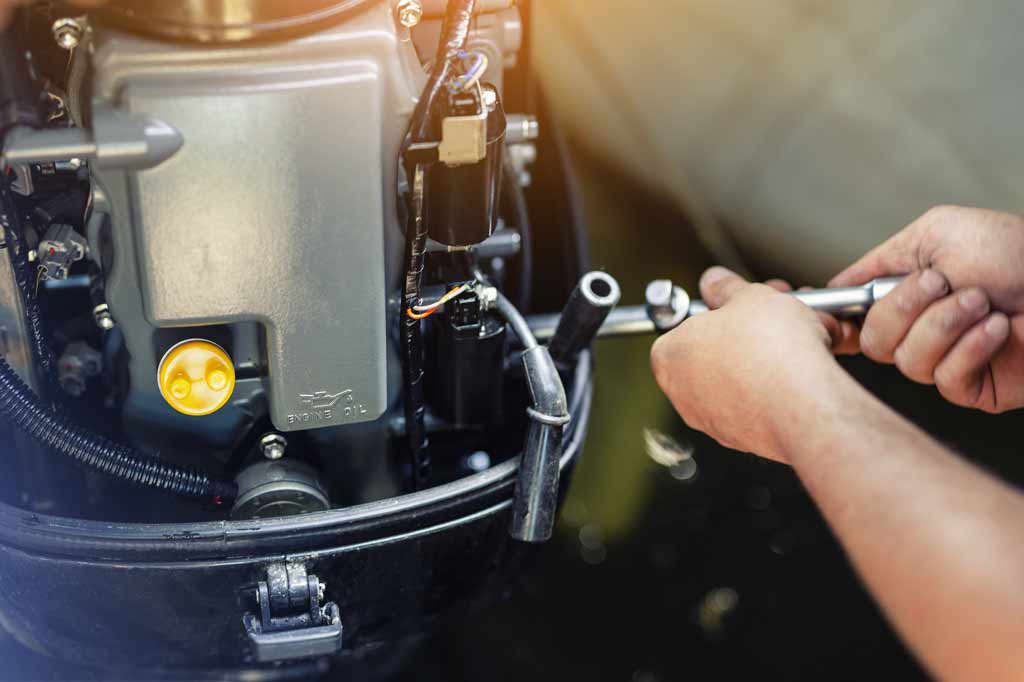
When thinking about fuel economies and maximizing our gas usage, you likely don’t think about the little things. But a little can go a long way.
Filters
One item that’s ready for replacement? Filters. The two primary filters on any vessel are the air and fuel filters, which filter out contaminants in their respective directions. The fuel filter prevents particles and water from entering the complex ecosystem of the engine, but the concept of a new fuel filter is somewhat ironic. The phrase “as good as new” does not apply to fuel filters, as new filters are much more open and let more matter through. Over time, filters build up contaminants, but surprisingly, particulates on the surface actually aid in catching other foreign matter. However, once the filter accumulates too much waste, you risk that same matter being pushed through.
Oil


Like cars, oil changes for boats are an essential part of regular maintenance. The oil acts as a lubricant to prevent friction among the organs of the engine, as without oil, the engine wears down exceptionally fast. The oil cleans by collecting debris, such as dirt and contaminants, that enters the engine over time. But, like filters, there comes the point where the oil becomes dirty and negatively affects the motor. Boaters will know it’s time to change the oil when it becomes dark and sludge-like, but it should be changed at least once every 100 hours of use. Additionally, while changing oil aids fuel efficiency, it will also increase the longevity of an engine.
Propeller
Without propellers, often called props, boats do not move. Sharp edges on a propeller cut through the water easily, but a nicked or damaged propeller blade causes multiple issues. Firstly, a damaged propeller does not glide or provide consistent propulsion through the water. Secondly, and along that same vein, many boaters rely on increasing their speed to counteract this, but that causes strain on the engine. It is generally recommended to replace propellers if the damage caused is between 10%–15%.
Weight, Friction, and Drag
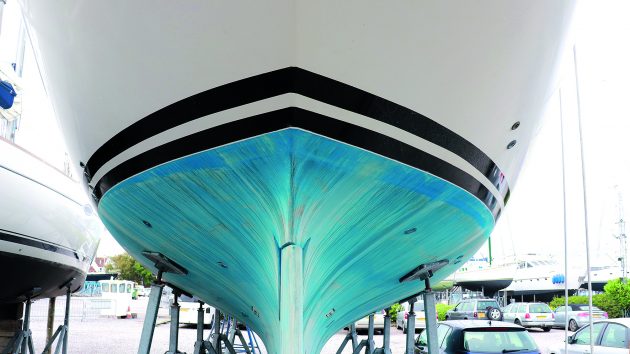
Beyond behaviors, tools, and gear, two of the most critical factors in improving your fuel economy are the weight distribution onboard and friction against the water.
Weight
While trim tabs aid in redistributing the weight or angle of a vessel, these should not act as a stopgap. Just because a boat supports a particular weight does not mean it should. Remember to pack only the essentials, as hauling too much weight forces your engine to work harder.
Friction and Drag
We’ve commented on friction regarding propellers, but other elements affect a vessel’s speed and fuel economy. A clean boat, free of debris, travels swiftly through the water. If you store your boat in water, marine life can thrive on the hull, like algae, barnacles, and mussels. Naturally, these hinder performance; likewise, too many items atop the ship cause air drag. In an effort to improve speed and fuel efficiency, boaters may choose to wax their hulls, but the evidence is inconclusive as to the effects. Proponents of a waxed hull claim that it “helps reduce drag and improve[s] your glide in the water,” but opponents to this concept state that waxed hulls “drag air molecules below the surface of the water,” which increases drag.
Now that you know these essential gas-saving tips, you’re ready to tackle lake and sea, but do you know which boat is best for you?

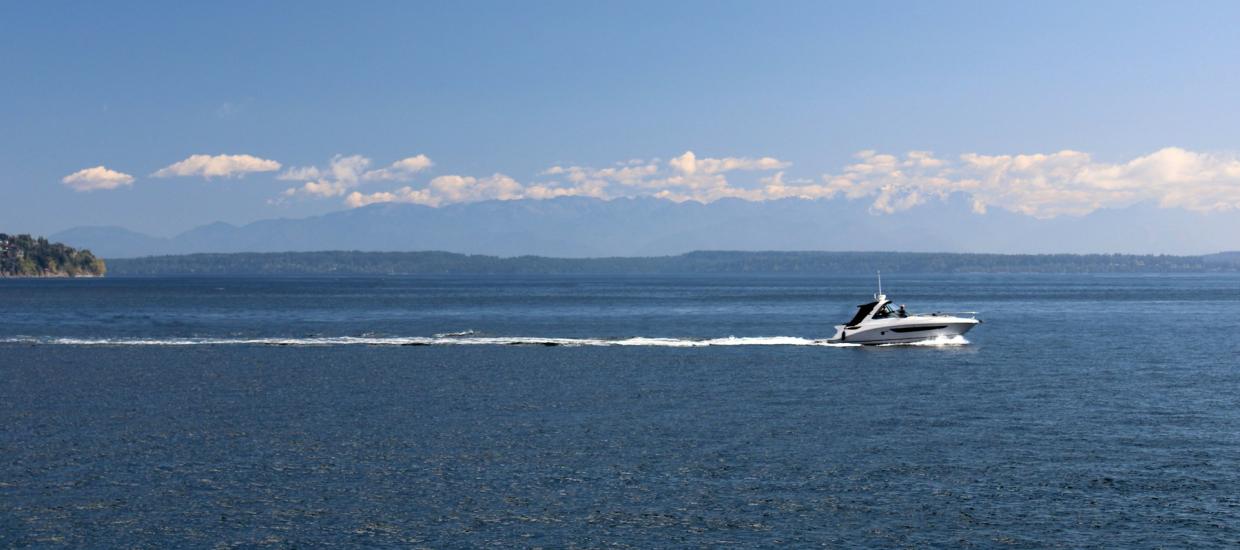
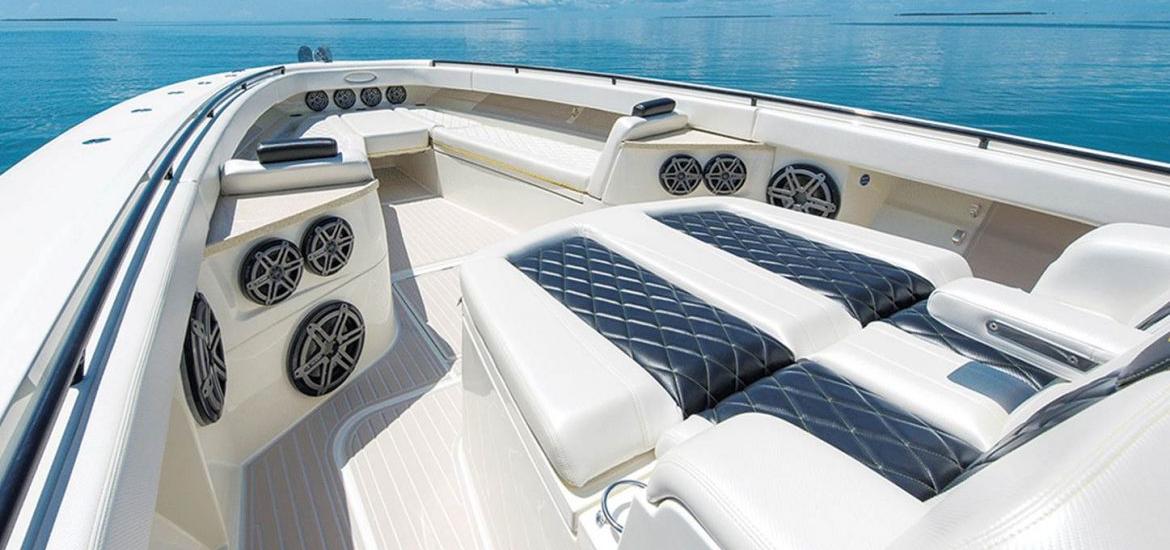
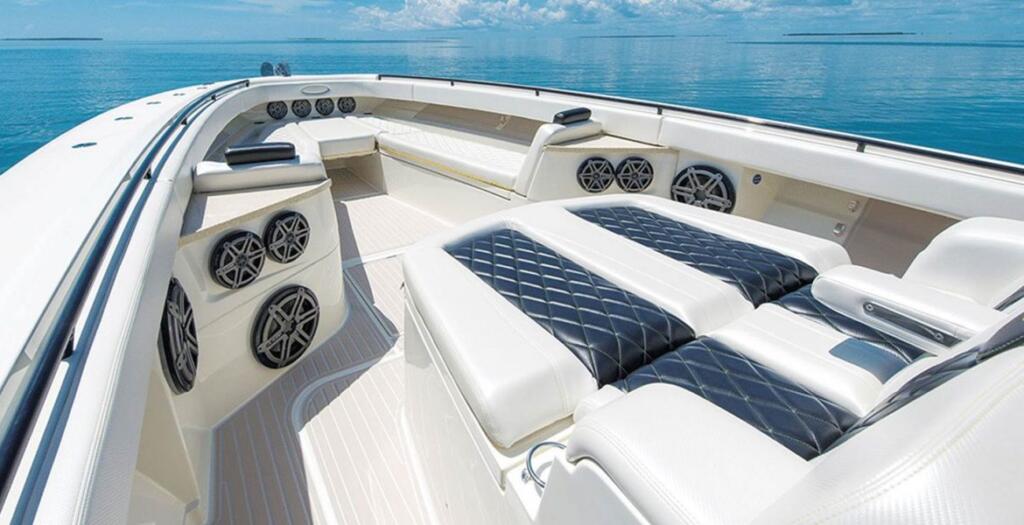
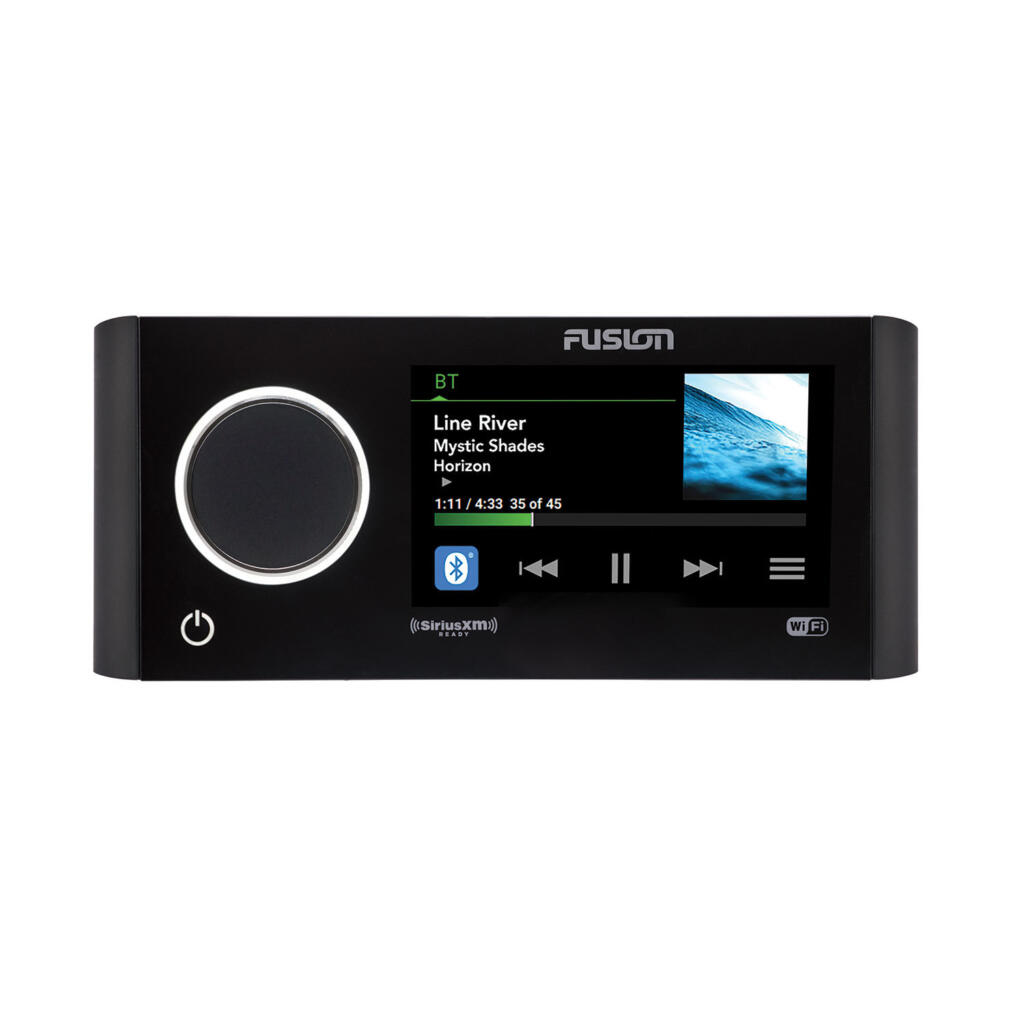
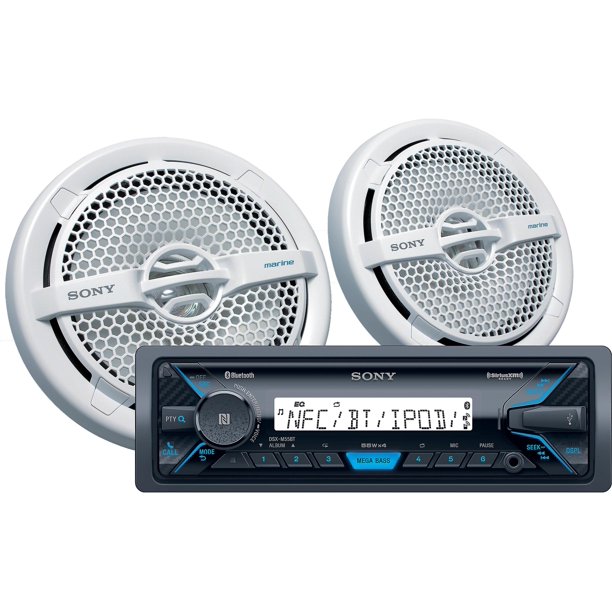
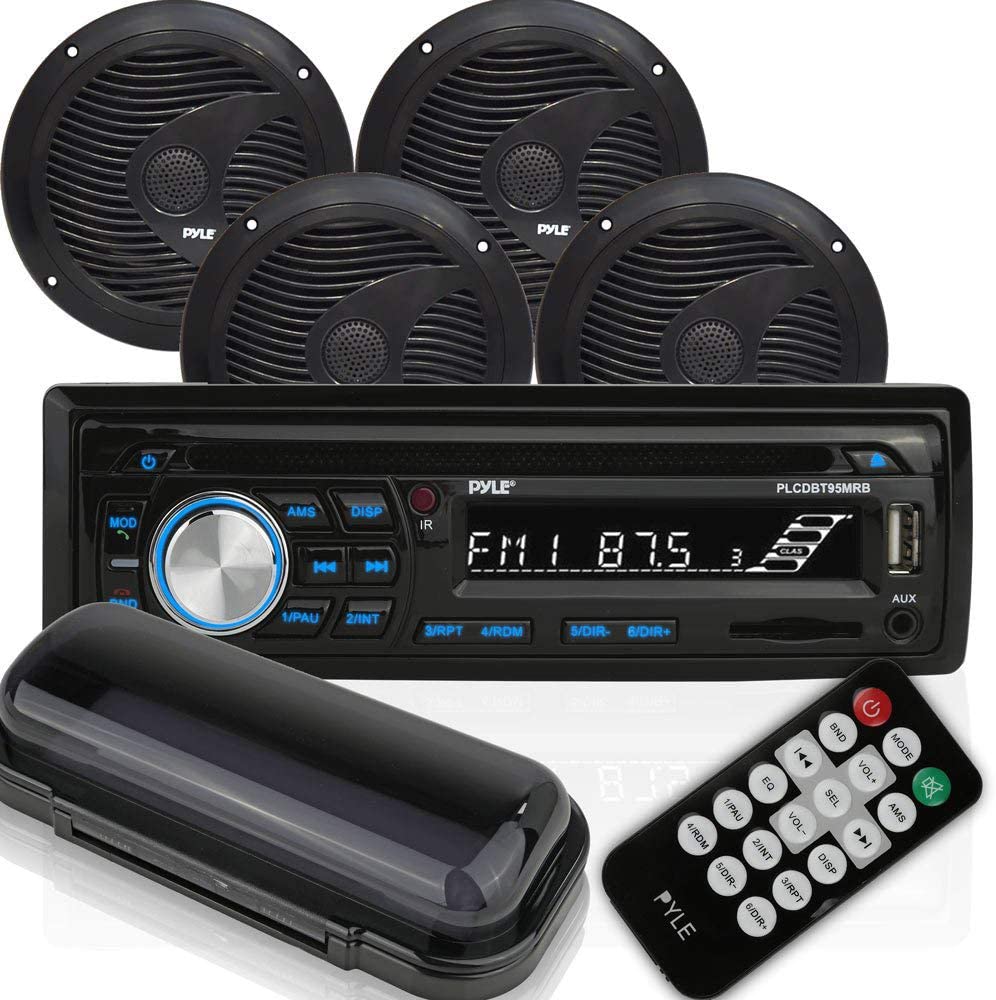
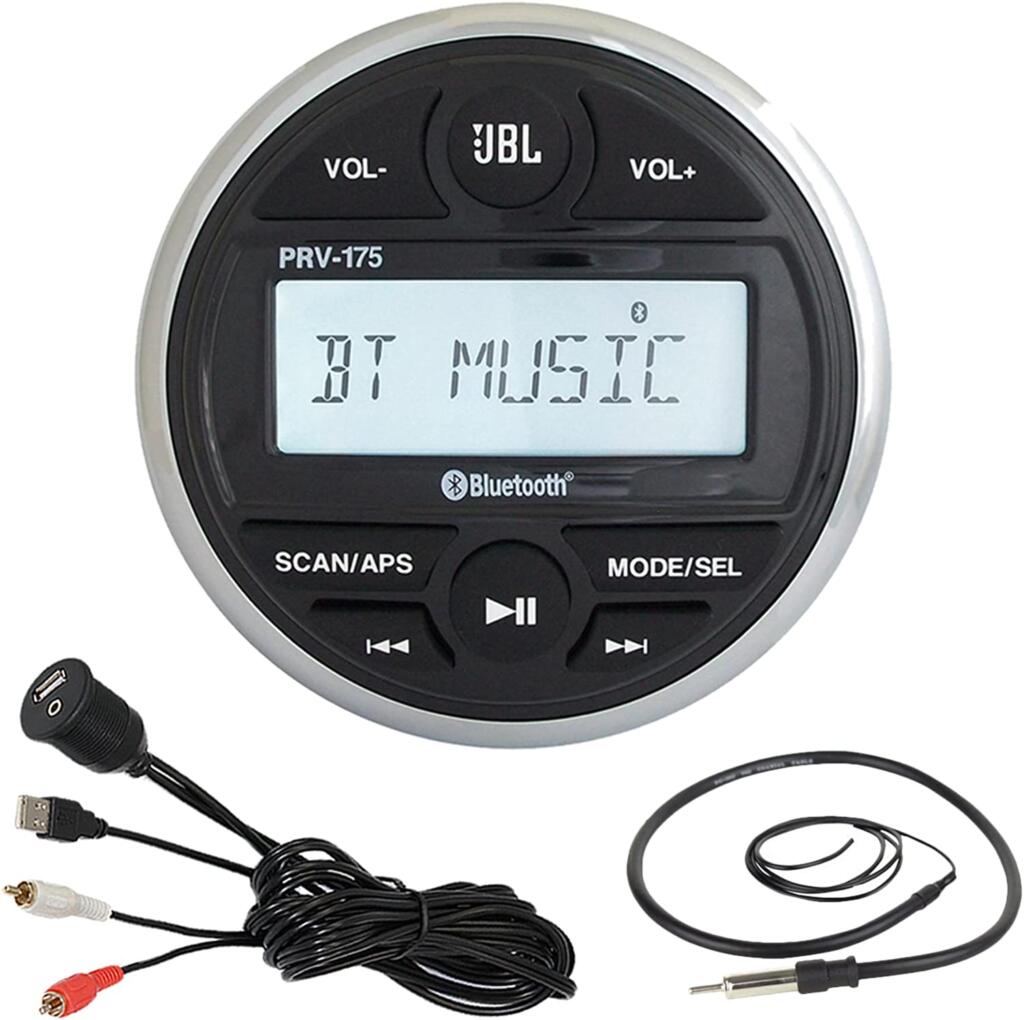
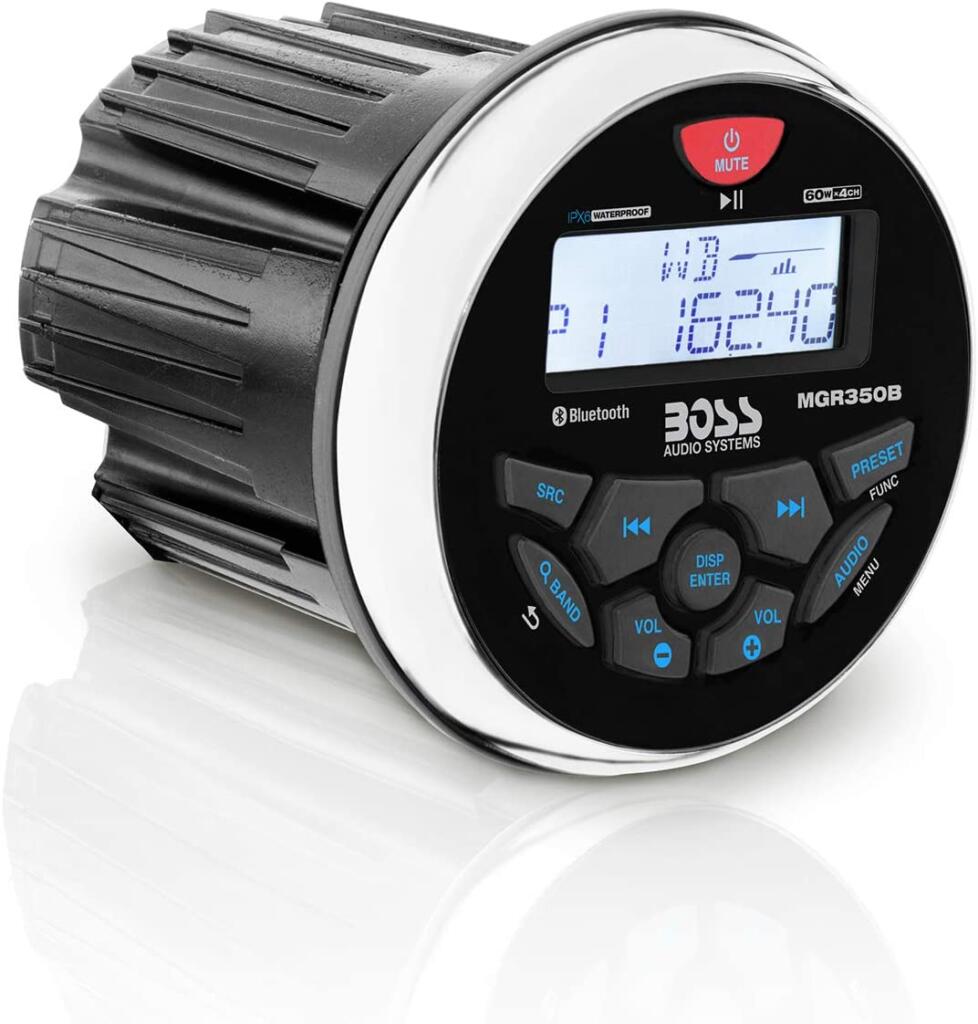
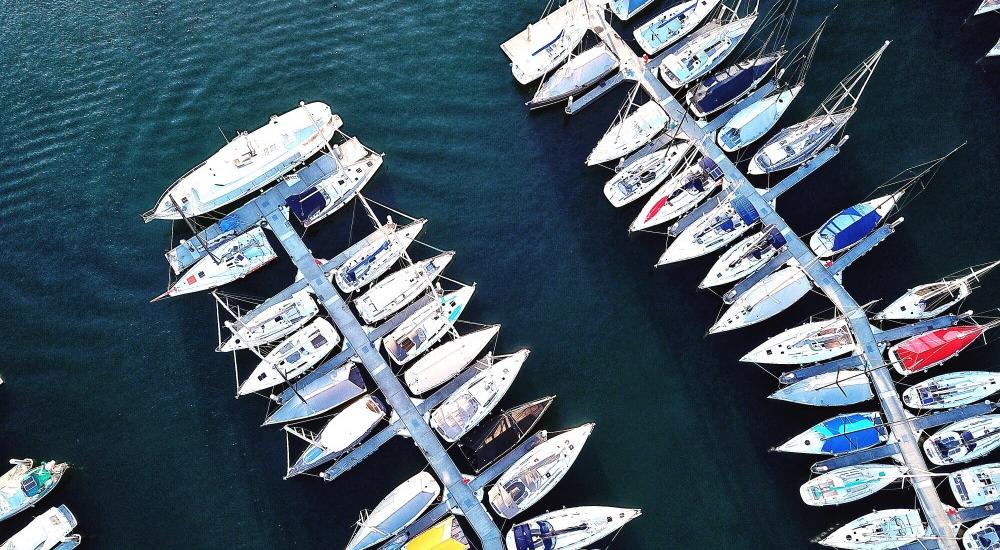
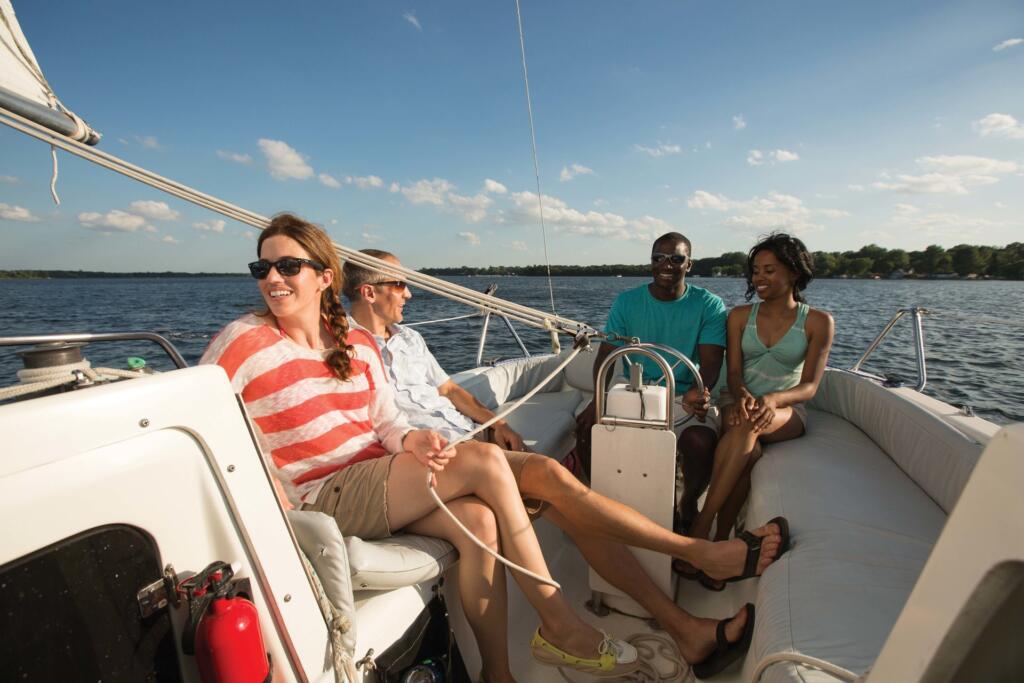
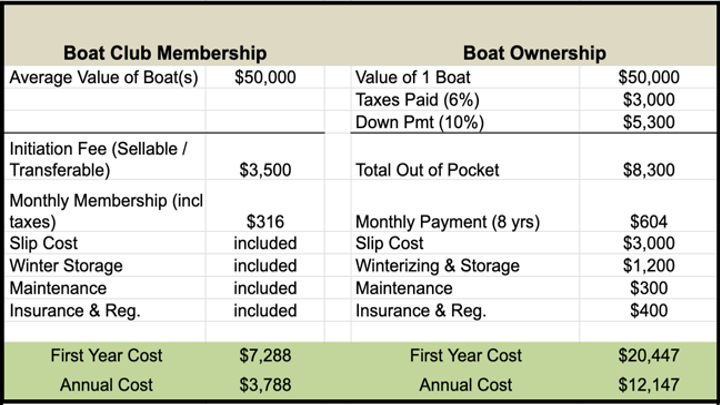
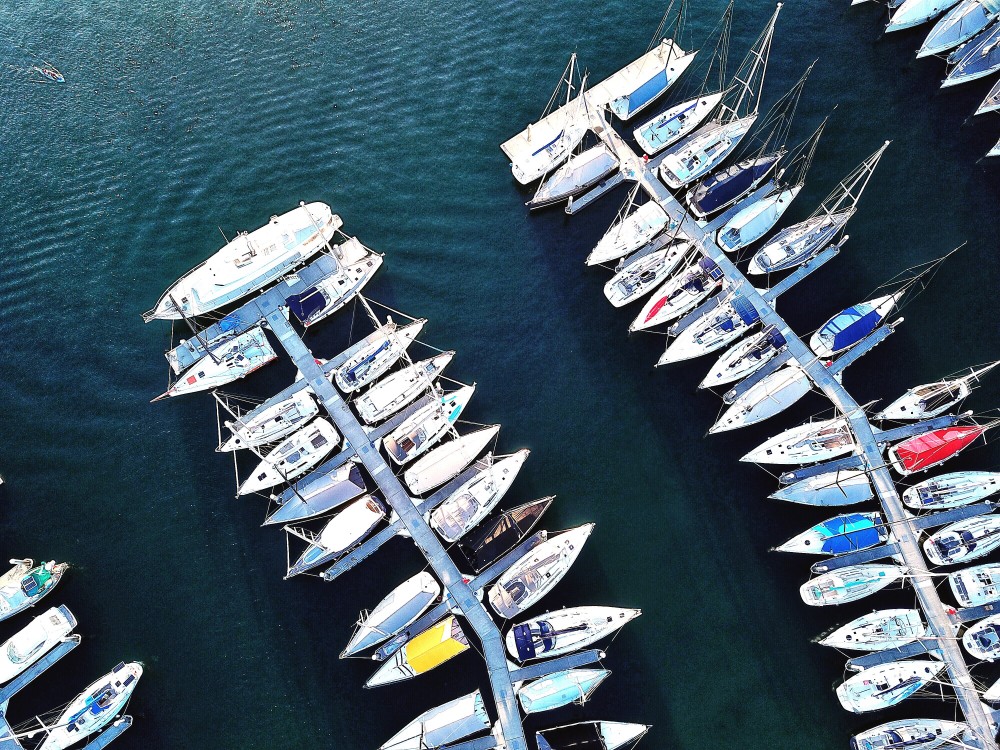
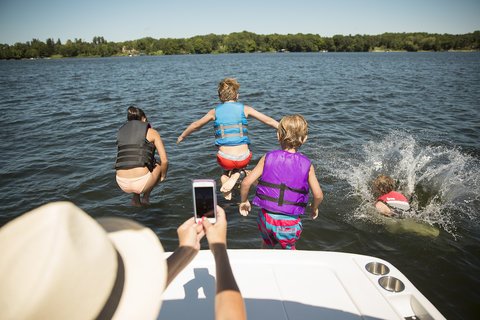
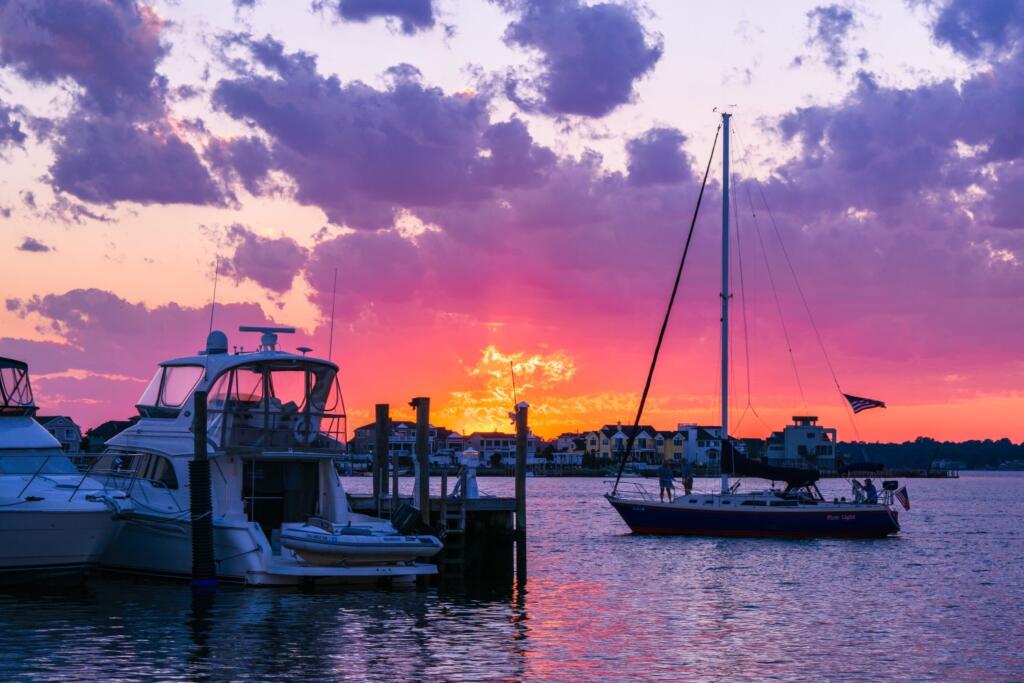
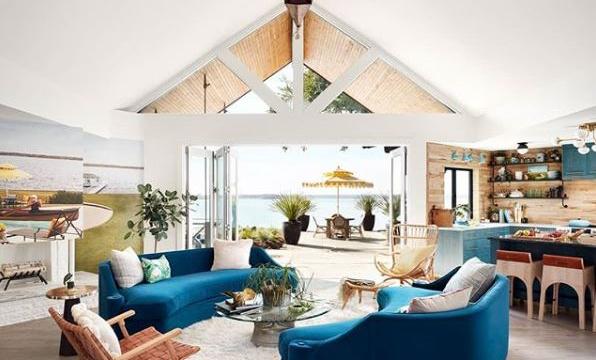
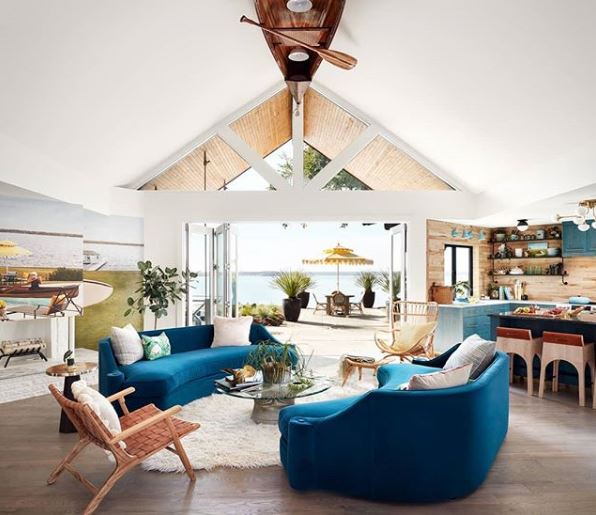

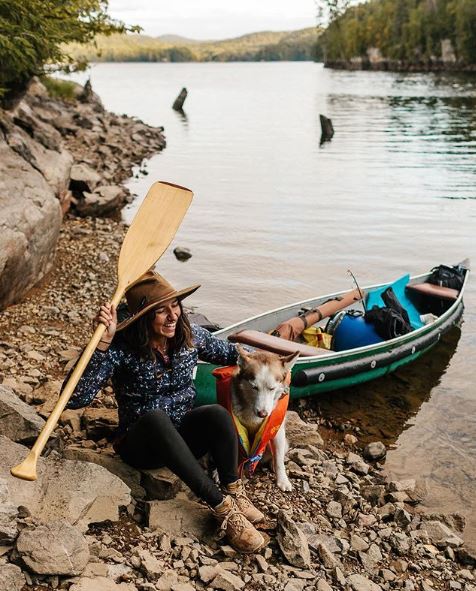

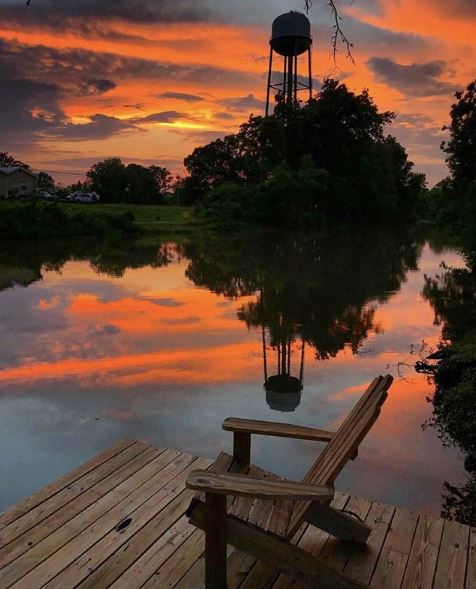

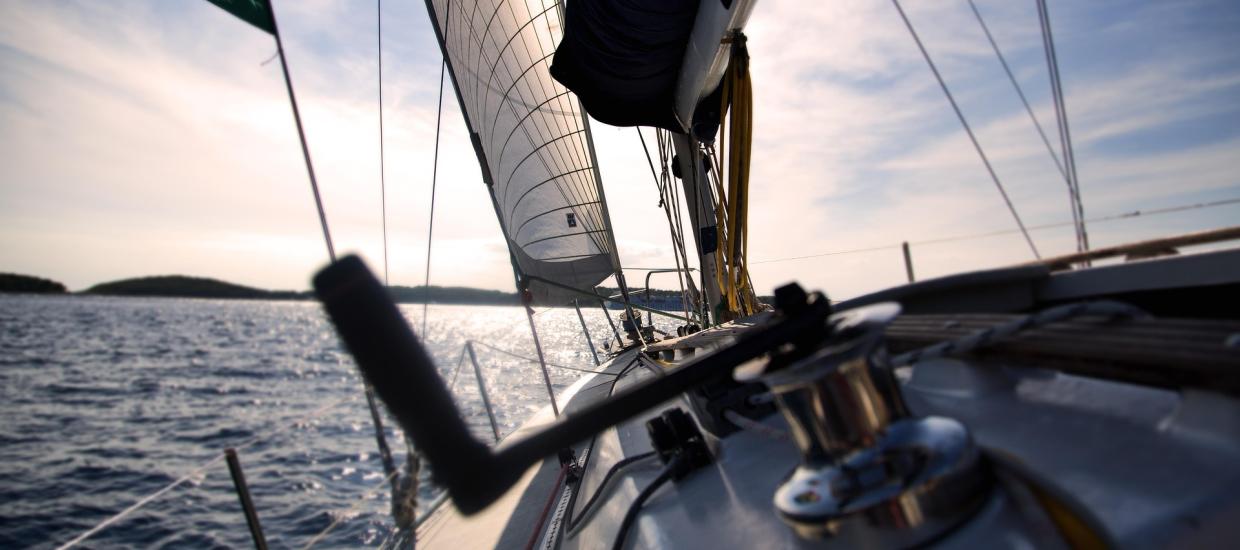

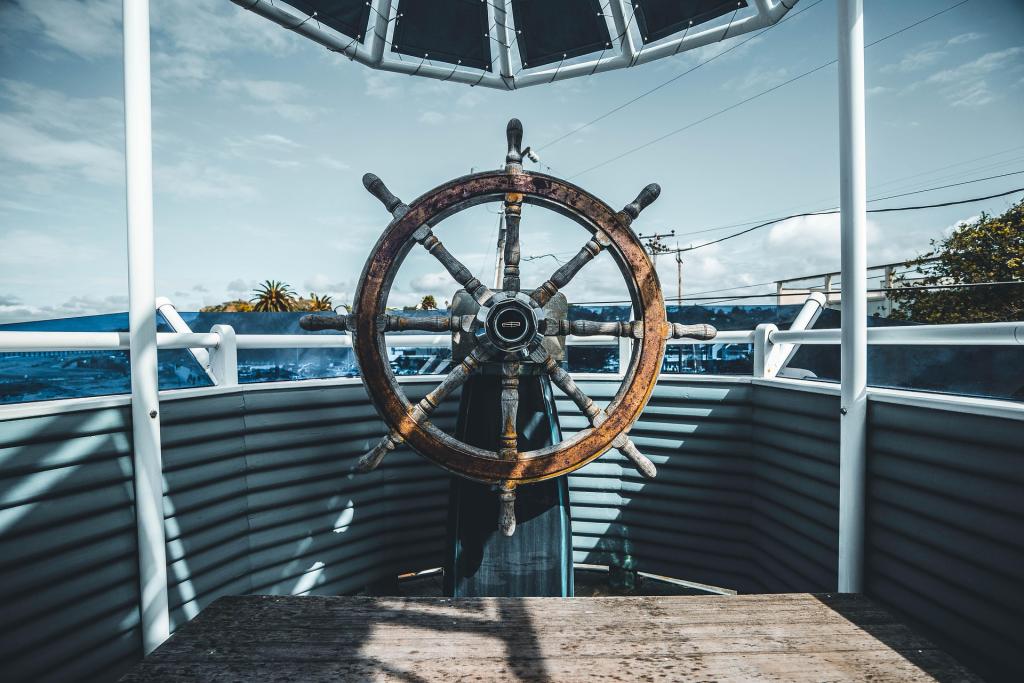
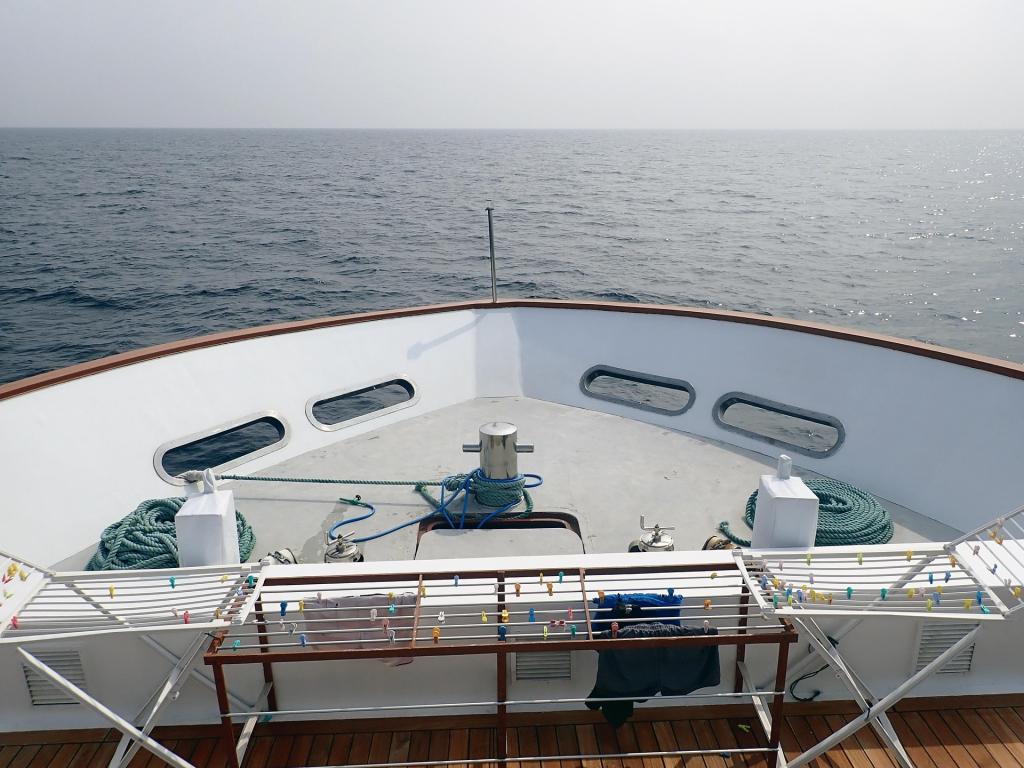

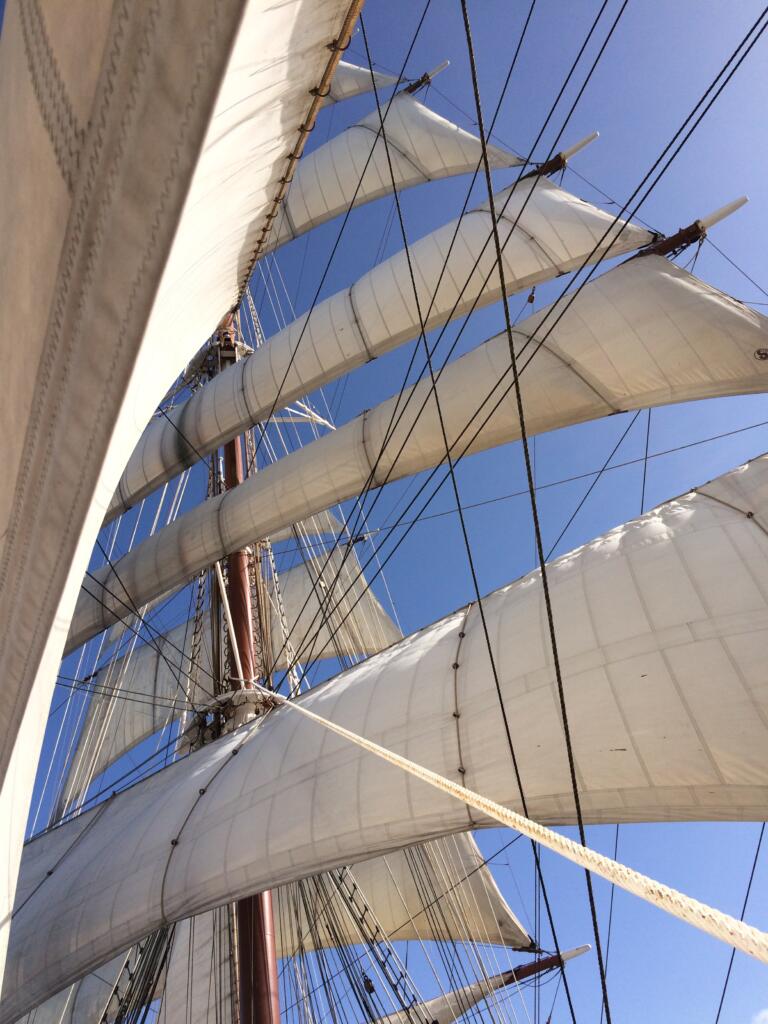
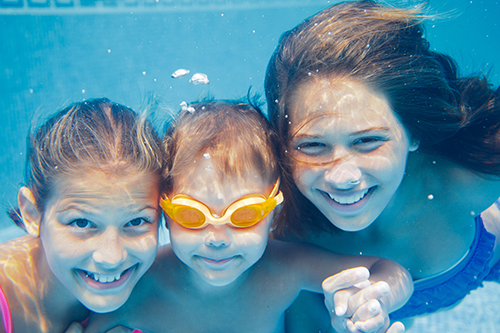
 Every parent wants their children to stay safe while having fun at the lake.
Every parent wants their children to stay safe while having fun at the lake.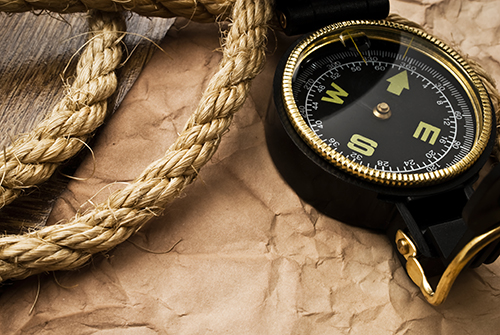
 Do you love boating but have trouble speaking the language?
Do you love boating but have trouble speaking the language?